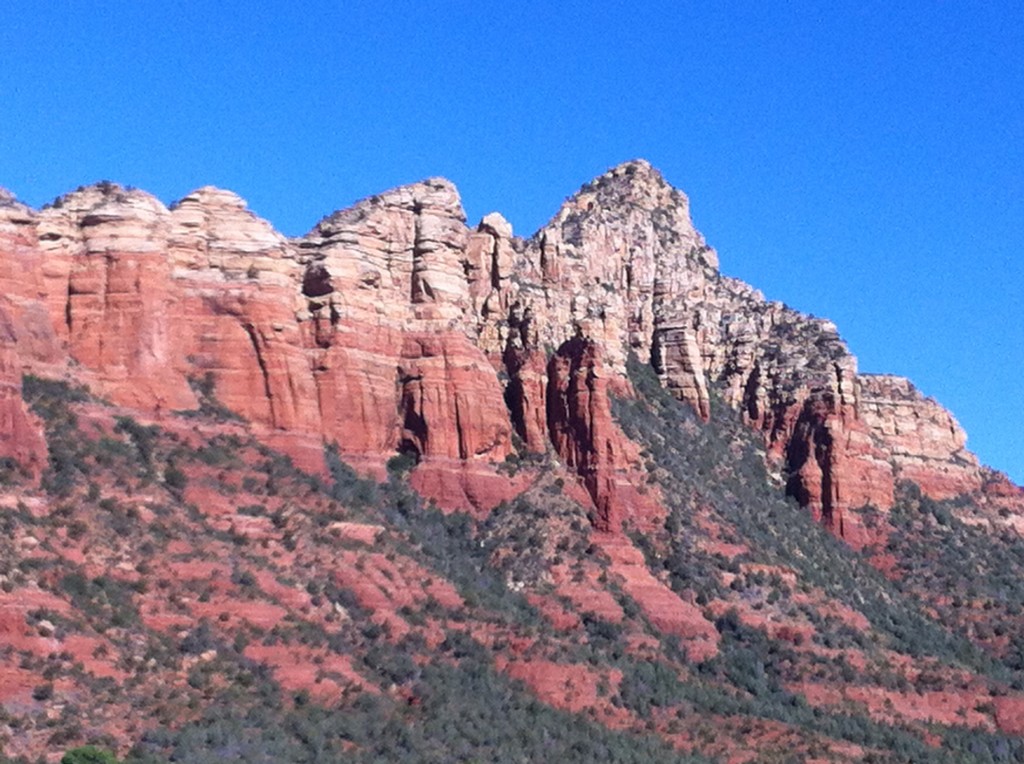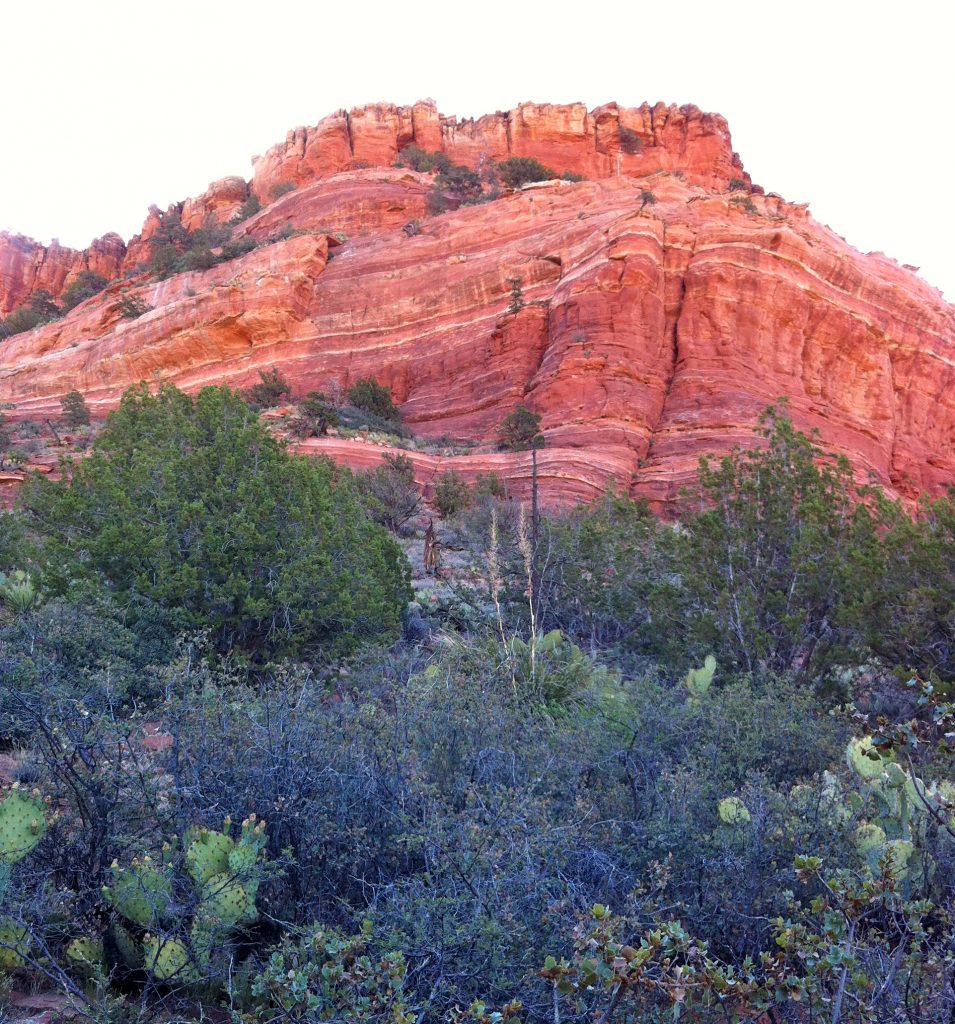Do you suffer from any of the following?
- Headaches or migraines
- Neck pain or stiffness
- Back problems
- TMJ issues
- Chronic pain or movement restriction anywhere in the body
- A history of auto accidents, falls, or injury
- Post-traumatic stress syndrome, anxiety, or an inability to focus
Are you in the process of recovery from a major life event, or the accumulation of daily stessors? Are you looking to make a major breakthrough in your journey of recovery? Has stress begun to erode your natural state of vibrant health?
My name is Pamela Joy, and I have been there! A few years ago, I took a stress scale test, and checked off every item on the list. Needless to say, my normally state of health began to crumble and for the first time in my life, I was faced with major medical intervention. Even though I had many years of training in bodywork, yoga, and stress management techniques, I needed a life mentor to help me apply these methods to my own life and healing. I had to go step-by-step, through my body to release long-held restriction patterns, and at the same time, reviewing the belief systems put in place long ago that kept me stuck in old patterns of living.
Now, I am happy to report that my vibrant health has returned, and I am living a life I love in beautiful Sedona, Arizona. Here in my cozy studio, I help other people work through the types of issues that almost brought me down 8 years ago – loss of a spouse, parent, child, or significant other, career shifts, financial loss, mid-life crisis, injury or other health challenge.
CranioSacral Therapy helps to expand the space for the body and mind to heal itself. My goal is to hold that expanded healing space for each of my clients. The tools I use are primarily CranioSacral Therapy, Yoga Therapy, and SomatoEmotional Release, however the role of the therapist is to listen to the inner wisdom of the client and allow that wisdom to guide the session. CranioSacral Therapy works with the whole body to release restrictions that impair optimal functioning.
The vision for my practice came to my awareness one day soon after I moved to Sedona. Surrounded by the beautiful red rocks every day, I fully realized the powerful healing power of the earth element. Each day, as I gazed upon the earth exposed by millennia of erosion, I began to follow the path of healing laid out before me.








